How Work Stress Impacts Mental Health and Employee Performance
We talk a lot about productivity. KPIs. Deadlines. Growth. But beneath all those metrics lies a quieter truth—one we often don’t say out loud: people are tired.
Work stress isn’t just “part of the job” anymore. It’s become a daily reality for many, and it’s affecting more than just how we feel—it’s reshaping how we work, how we show up, and how we connect with the world around us. As we continue to push through packed calendars, endless emails, and high expectations, we have to pause and ask: What is the cost of constantly running on empty?
The Weight of Work Stress
Let’s start with the basics: stress isn’t always bad. A healthy dose can motivate us, help us meet goals, and keep us focused. But when stress is chronic—when it becomes the backdrop of every workday—it starts to chip away at our well-being in serious ways.
Workplace stress can look like:
The pressure to be “always on,” even outside of working hours
Unclear expectations or overwhelming workloads
A lack of autonomy or support
Toxic culture or poor communication
Job insecurity or fear of failure
Over time, this kind of stress builds up, creating a slow burn that leads to burnout, emotional exhaustion, and mental fatigue. And when mental health takes a hit, performance doesn’t just decline—it becomes harder to stay motivated, creative, or even present.
How Mental Health and Performance Intertwine
Mental health isn’t separate from work—it is work. It’s the engine behind innovation, problem-solving, teamwork, and resilience. When people feel mentally well, they engage more meaningfully with their roles. They collaborate better. They bring more of their ideas, energy, and compassion to the table.
But when mental health is compromised, everything starts to shift:
Concentration and memory can slip
Decision-making becomes more difficult
Communication suffers
Motivation dips
Absenteeism and presenteeism increase
And perhaps most importantly, people begin to disconnect—from their work, from their team, and even from themselves.
What Can We Do?
Creating healthier workplaces isn’t just a nice idea—it’s a necessary shift. And it starts by acknowledging the whole human behind every job title. Here’s what that could look like:
1. Normalize Mental Health Conversations
Talk about stress. Talk about burnout. Let’s stop pretending everything’s fine when it isn’t. Managers, especially, have a unique opportunity to model vulnerability and open dialogue.
2. Design Work with Humans in Mind
Reasonable workloads, flexible schedules, and clear boundaries around availability can make a world of difference. Burnout isn’t a badge of honor—it’s a warning sign.
3. Offer Mental Health Support
From access to counseling and EAPs to mental health days and wellness stipends, investing in your team’s emotional well-being isn’t a “perk”—it’s essential infrastructure.
4. Check In—Genuinely
Real human connection at work still matters. A quick, “How are you really doing?” from a manager or peer can be more powerful than we realize.
A Gentle Invitation
If you’re reading this as a leader, a teammate, or someone who's just trying to get through the day—know this: you're not alone, and it’s okay to not be okay. The pressures of work are real, but they don’t have to define our worth or limit our potential.
At inbloomproject, we believe workplaces can bloom when people feel safe, seen, and supported. We’re here to help reimagine what that looks like—one honest conversation at a time.


